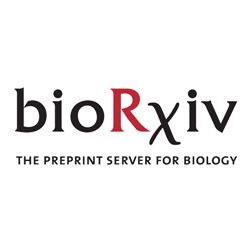Jupiter Algorta
@jupiteralgorta.bsky.social
120 followers
130 following
28 posts
Mathematician exploring the fascinating world of cellular migration and biology. Combining equations and experiments to understand how cells move and interact. 🧫🔬👨🏻💻
Posts
Media
Videos
Starter Packs



